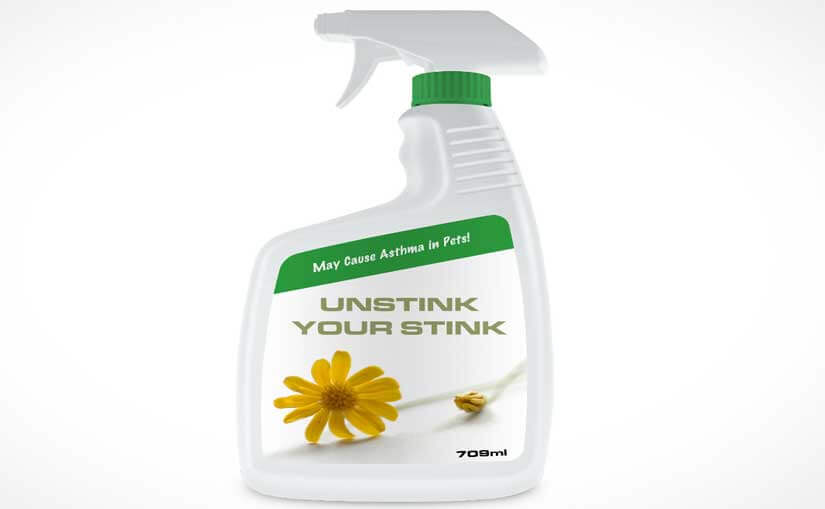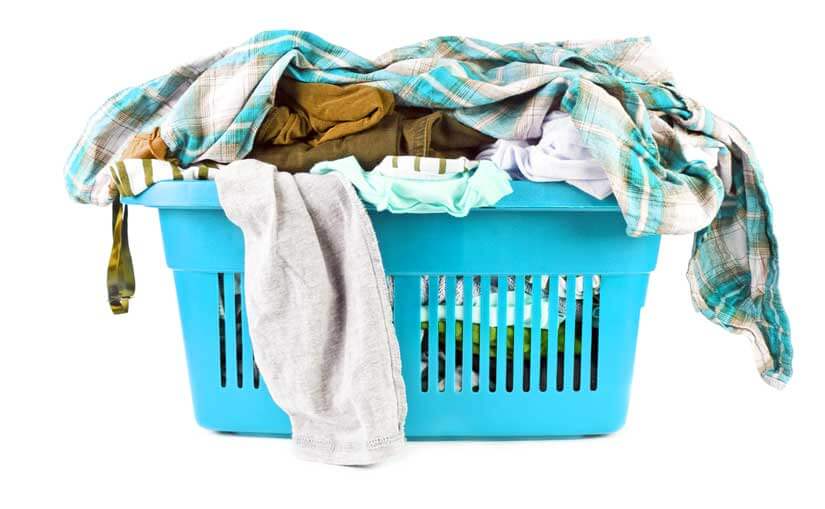This article will cover how to keep excess water away from cesspools. Water is one of the most valuable resources on earth. It powers many industries, and of course, it
sustains life. It is known as the universal solvent. It is found in the bodies
of living organisms. All these make water a very powerful and indispensable
component of every community and household. You consume water every single day.
You wash, clean, cook, bathe, and water plants with it. Most importantly, you
drink it. That is why you need to understand why you should always consider how
you use it at all times. To keep your household functional, sanitized, and
healthy, you have to maintain a cesspool or a wastewater treatment system
exclusive to your home. It is a required element in your property especially if
you cannot be accommodated by the municipal sewage system. Like any other
wastewater containment, a cesspool is designed to take care of your household’s
needs specifically. It is made to hold a certain amount of water load. The
cesspool’s capacity depends on the number of people who use the facilities. If
you have plans to increase the number of people in your residence, you should
inform your septic expert so that an additional cesspool can be installed.
As
a responsible cesspool owner, you should know how to keep excess water away from cesspools. It is true that there are
circumstances beyond your control such as rainstorms but if you practice
foresight, you will be able to save your cesspool and your home. You may
already know that the cesspool is a wastewater treatment system that has
perforations along the sides of its tank. It looks a lot like the modern septic
system but it doesn’t have the outflow pipe. With the help of the perforations,
the pre-treated effluent flows into the surrounding soil absorption field to be
further treated by the aerobic bacteria and purified by the biomat. Once the
raw wastewater enters the cesspool, the wastewater is treated by anaerobic
bacteria. The solid waste products are broken down by these bacteria. The
bacteria need ample time and space to perform their duties. Otherwise, the
wastewater treatment will not go well. A great pause in solid waste breakdown
happens when there is a sudden addition of water load into the cesspool. The
solid waste particles are stirred up and the anaerobic bacteria’s degrading
process is delayed. The solid particles of waste are then pushed into the soil
absorption system. They clog everything there, causing the wastewater to
overflow, backup into your home, and flood your property. This greatly compromises
your health and sanitation.
In
order to keep excess water away from
cesspools, you have to make sure that you practice the following:
- Be mindful of your
water use.
Every household’s cesspool has a certain
capacity. You should lessen your water consumption so that the water load will
not go over the expected capacity of the cesspool. You can do this by not using
your bathtub or kiddie pool all the time, by turning off the showers or faucets
when they’re not used, and by not letting the water hose release water in the
lawn.
- Divert you rain
gutter.
If your rain gutter drains over your
cesspool, consider diverting it away from your system. This will decrease the
amount of water and sediments that enter the cesspool, making raw wastewater
backflow into your home and overflow onto your yard.
- Install a dry well
or a greywater system for your property.
These systems help you lessen the water load
that enters your cesspool. Greywater is the wastewater that comes from your
tubs, drains, showers, washing machines, and dishwashers. Blackwater is the
wastewater from your toilet. Greywater can be used to flush toilets and water
lawns if you have a dry well or greywater system to treat it.
Talk
to your septic expert about your cesspool. As him how to modify your lawn
components so that you will be able to keep
excess water away from cesspools.


